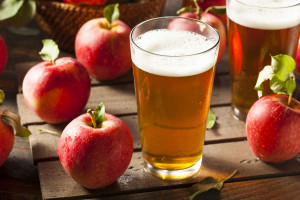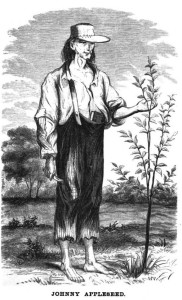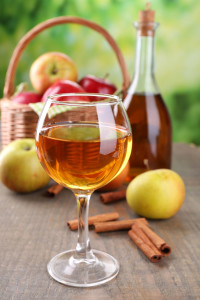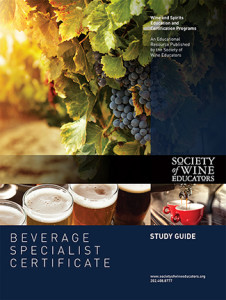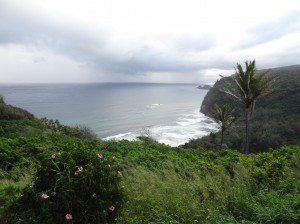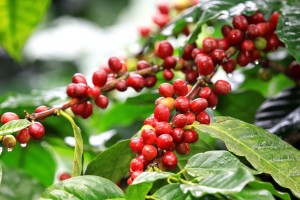Traditional cider is a lightly alcoholic beverage (usually less than 7% abv) produced from apples that have been crushed and pressed, with the resultant juice fermented. It is often called “hard cider” in the United States to distinguish it from unfiltered apple juice. Cider production is centered in the UK, which has the highest worldwide consumption, but many other countries and regions—including the United States—produce it as well, and cider and perry (cider produced from pears) are experiencing a renaissance that is running parallel to the other craft beverage industries.
Early American settlers took great pride in cultivating the apple tree, as evidenced by the story of the folk hero and nurseryman Johnny Appleseed (John Chapman, 1774 – 1845). Some of the oldest apple orchards in the United States are located in the more temperate areas of New England, such as Vermont, upstate New York, Massachusetts, and New Hampshire.
The popularity of apples and the subsequent spread of various types of apple seeds gave rise to myriads of new, purely American varieties, such as the Newton Pippin, that were then grafted and propagated. By the mid-1800s there were over 1,000 varieties of apples growing in the United States, most of which were used for cider.
The popularity of American cider declined with the rise of industrialism (in the mid-1800’s) as the population migrated towards city life, and was further thwarted by Prohibition. This coincided with a drastic decline in the cultivation of cider apples. These days, the majority of the apples and pears in the United States are grown in the Pacific Northwest, and most of these are for eating; however, small pockets of cider apple production may still be found in many parts of the country.
Leading areas for American cider production include New England, the Blue Ridge Mountains of Virginia, the Great Lakes area, and pockets of the Pacific Northwest. The most recent statistics from the Alcohol and Tobacco Tax and Trade Bureau (TTB) show that Vermont produces the most cider at about 5.3 million gallons, with New York second at 4.4 million, and California and Tennessee both at about 2.9 million gallons.
The craft cider movement is growing in the United States, but is considerably behind the renaissance sweeping craft beer and local wine. There is, however, a noticeable interest in reviving heirloom cider apple varieties, whole fruit processing, and artisan cider production.
Some American cider producers are making ciders inspired by the Old World, while others are proving to be more experimental and creating hopped versions of cider, wine barrel-aged ciders, or combining honey and fruit to produce cyser, sometimes referred to as “apple mead” and best described as a cross between cider and mead.
American cider, as well as the production, culture, and sensory evaluation of ciders from all over the world is just a small part of the information included in the Society of Wine Educators’ Beverage Specialist Certificate.
Other topics included in this 100% online program include coffee, tea, sake, beer, distilled spirits, and—of course—wine. Click here for more information.
Are you interested in being a guest blogger or a guest SWEbinar presenter for SWE? Click here for more information!
